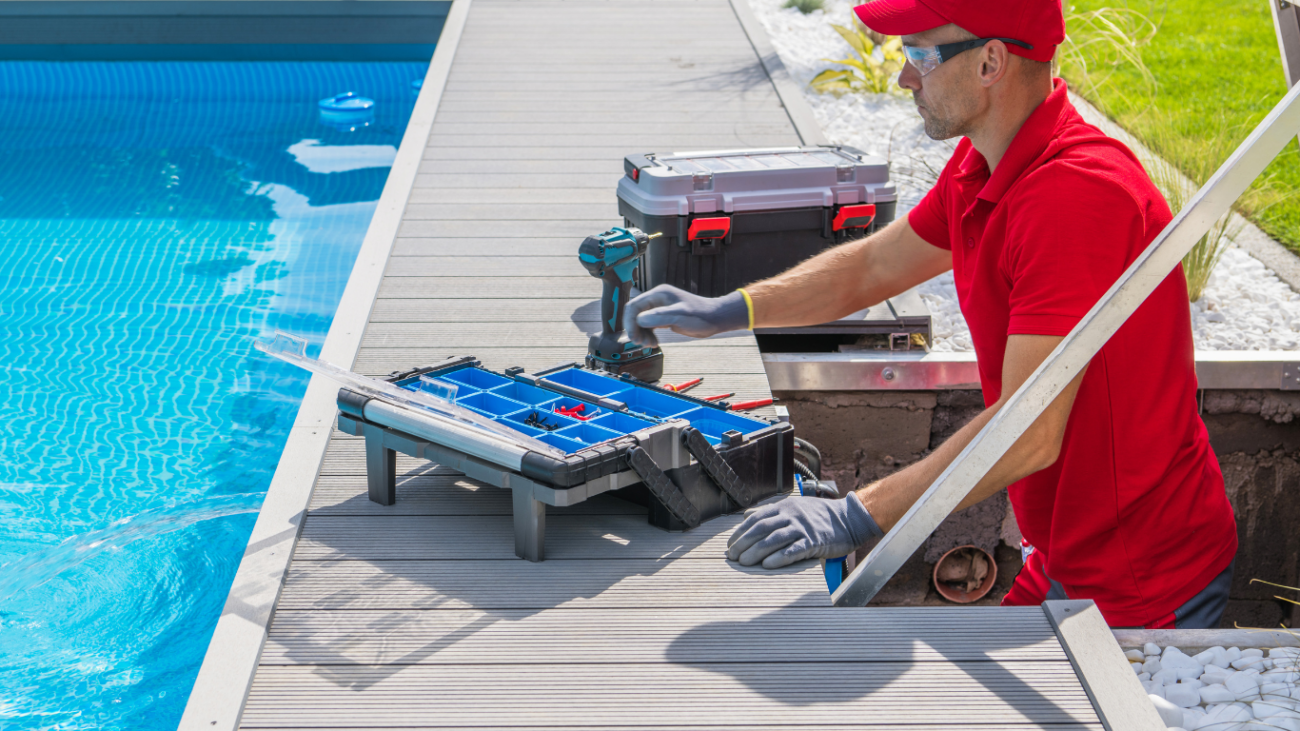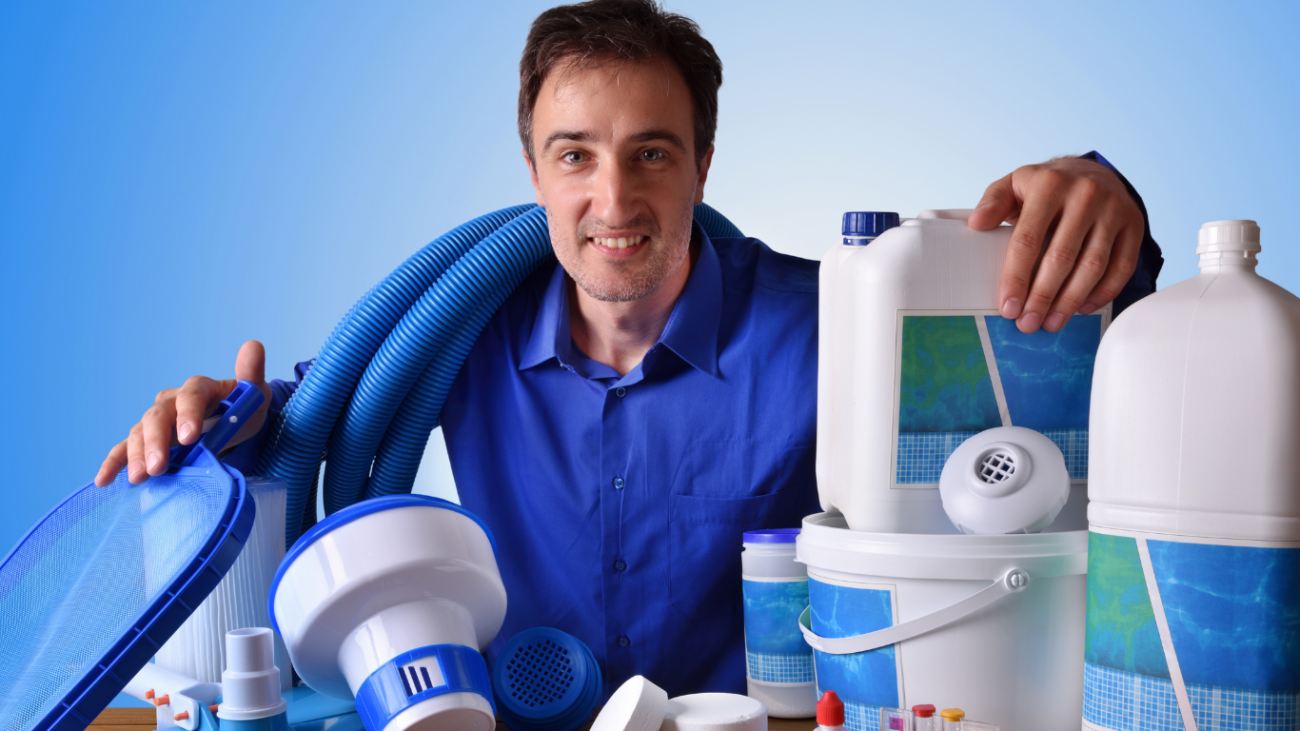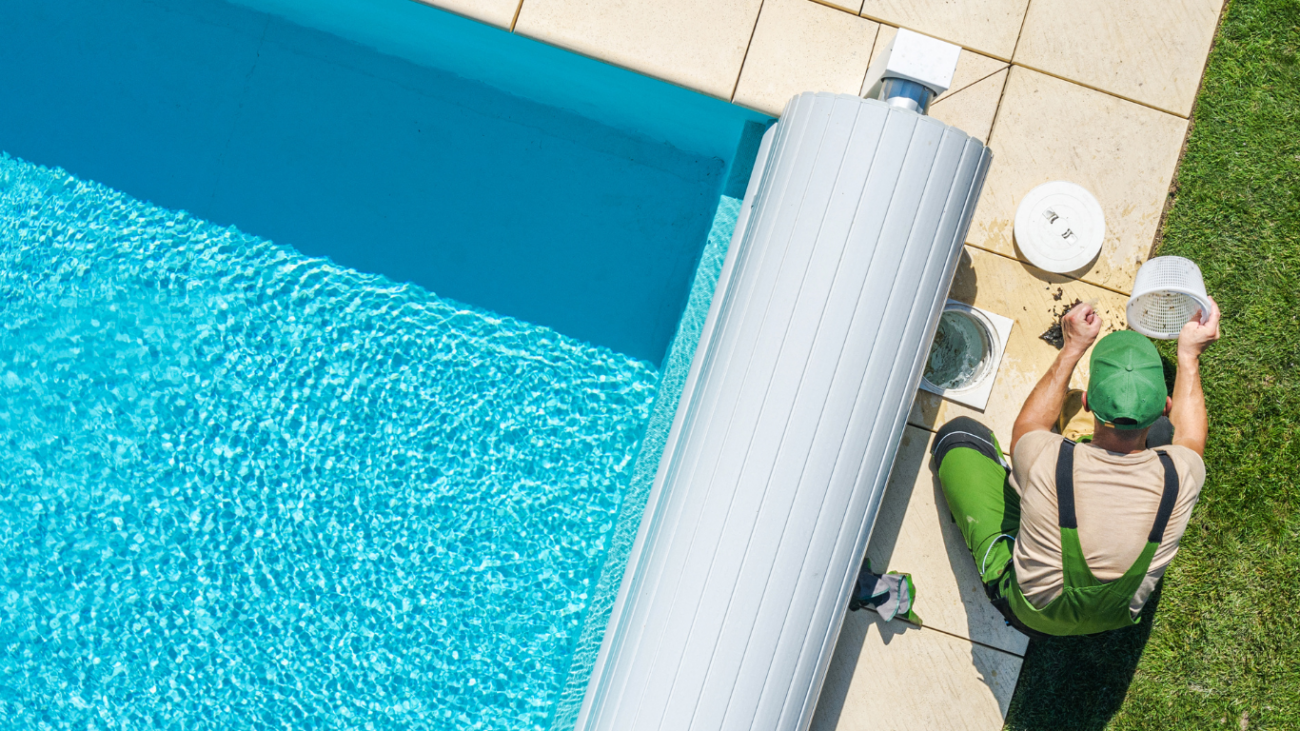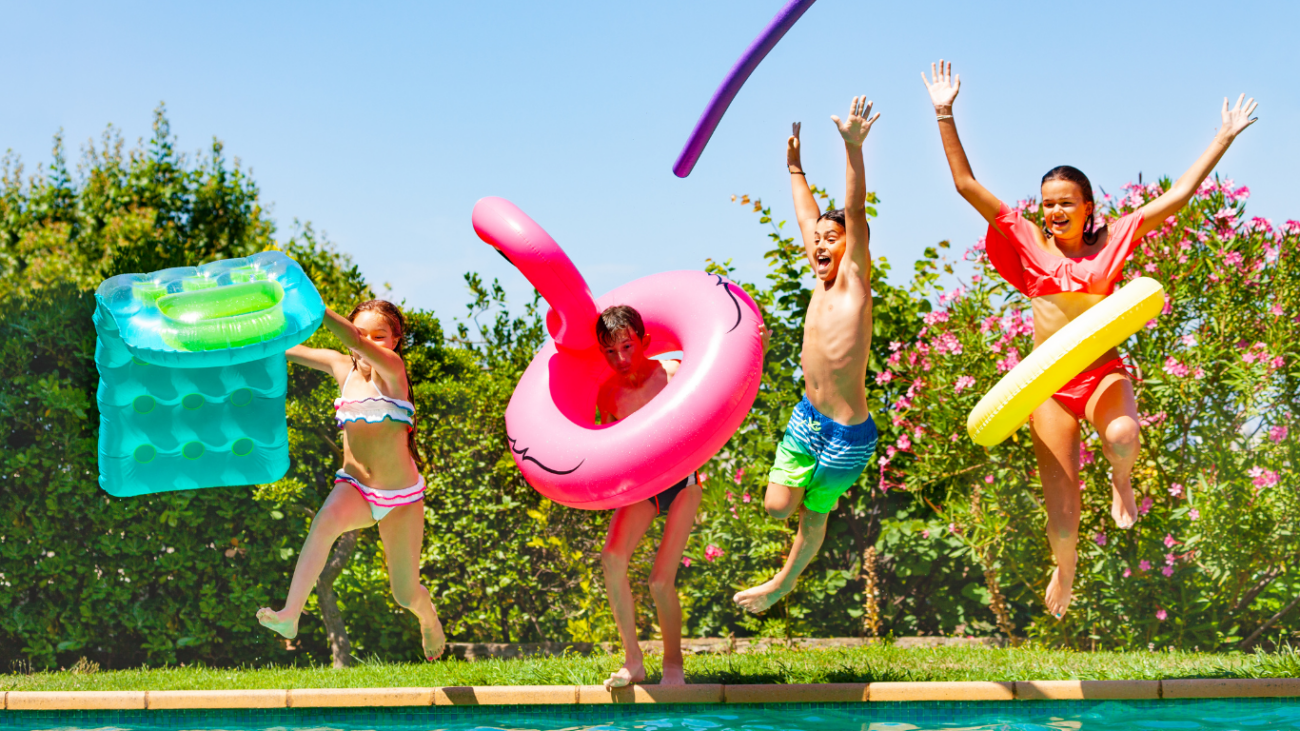Introduction: Maintaining a crystal-clear pool not only enhances its visual appeal but also ensures a safe and healthy swimming environment for you and your family. Regular pool maintenance is key to achieving and maintaining sparkling, clear water. In this blog post, we will share valuable tips and insights to help you keep your pool water crystal clear throughout the swimming season.
- Test and Balance the Water Chemistry: Regularly test the water chemistry of your pool using a reliable testing kit. Balance the pH, alkalinity, and chlorine levels within the recommended range. Proper water chemistry prevents the growth of algae, bacteria, and other contaminants that can cloud the water.
- Skim and Clean the Pool Surface: Use a skimmer net or pool vacuum to remove leaves, debris, and insects from the surface of the pool. Regularly cleaning the surface prevents them from sinking and causing water discoloration or clogging the pool filter.
- Brush and Vacuum the Pool: Brush the walls, floor, and corners of your pool to remove algae and other buildup. Use a pool vacuum to remove dirt and debris from the bottom of the pool. Regular brushing and vacuuming help maintain a clean and clear pool.
- Maintain Proper Filtration: The pool filter plays a crucial role in removing impurities and maintaining water clarity. Follow the manufacturer’s guidelines to clean or backwash the filter regularly. Replace filter cartridges or clean filter media as recommended to ensure optimal filtration efficiency.
- Shock and Superchlorinate: To combat algae growth and other water contaminants, shock your pool regularly. Superchlorination, also known as “shocking” the pool, involves raising the chlorine levels temporarily to eliminate bacteria and algae. Follow the recommended guidelines for your specific pool size and shock treatment products.
- Keep an Eye on Water Level: Maintain the proper water level in your pool. Evaporation, splashing, and backwashing can cause the water level to drop. Add water when necessary to keep it within the recommended range. A proper water level ensures the skimmers and filters function effectively.
- Regular Maintenance and Inspection: Inspect your pool equipment regularly. Check for leaks, ensure proper circulation, and clean out debris baskets. Regularly maintain and service your pool pump, filter, and other equipment as per the manufacturer’s instructions.
- Professional Pool Service: Consider hiring a professional pool service company for routine maintenance and inspections. They have the expertise and experience to keep your pool in top condition, saving you time and effort while ensuring optimal water clarity.
Conclusion: With regular maintenance and proper care, you can enjoy a sparkling, crystal-clear pool all season long. By following these pool maintenance tips, testing water chemistry, and investing in quality pool supplies, you’ll create a safe and inviting swimming environment for yourself, your family, and your guests. Dive into the joy of a crystal-clear pool and make unforgettable memories all summer!

 Cart is empty
Cart is empty 




